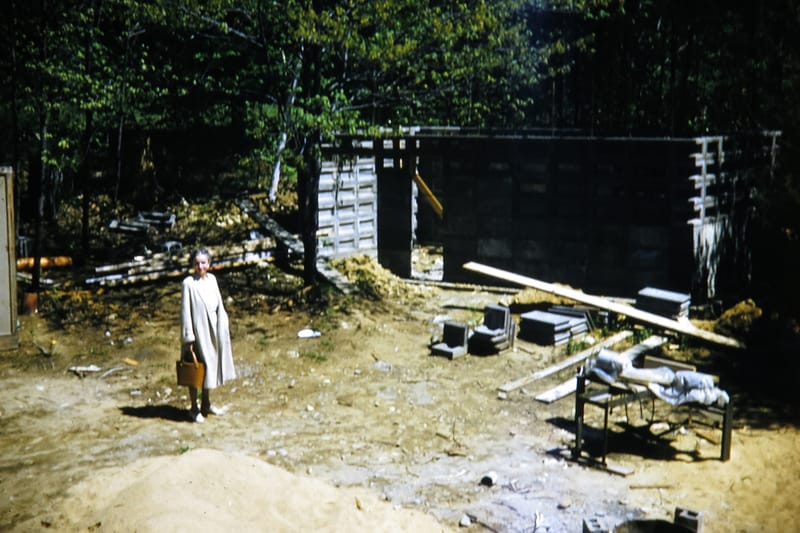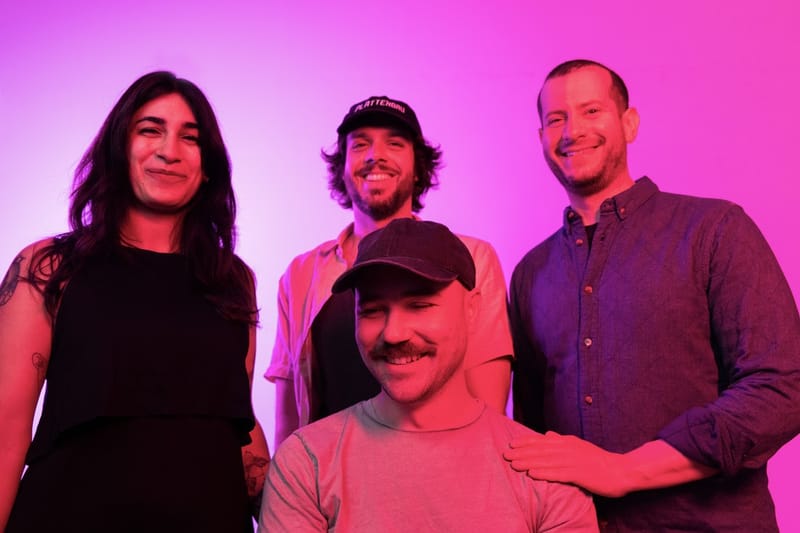An Overture to Overtures at Symphony NH
NASHUA, NH –It’s All Overtures was performed in Nashua on April 19, 2025. Symphony of New Hampshire never fails to put on a great performance, and of course their It’s All Overtures show was no exception. I was able to attend this performance with my good friend, Morgan Losier. Here’s how it went.
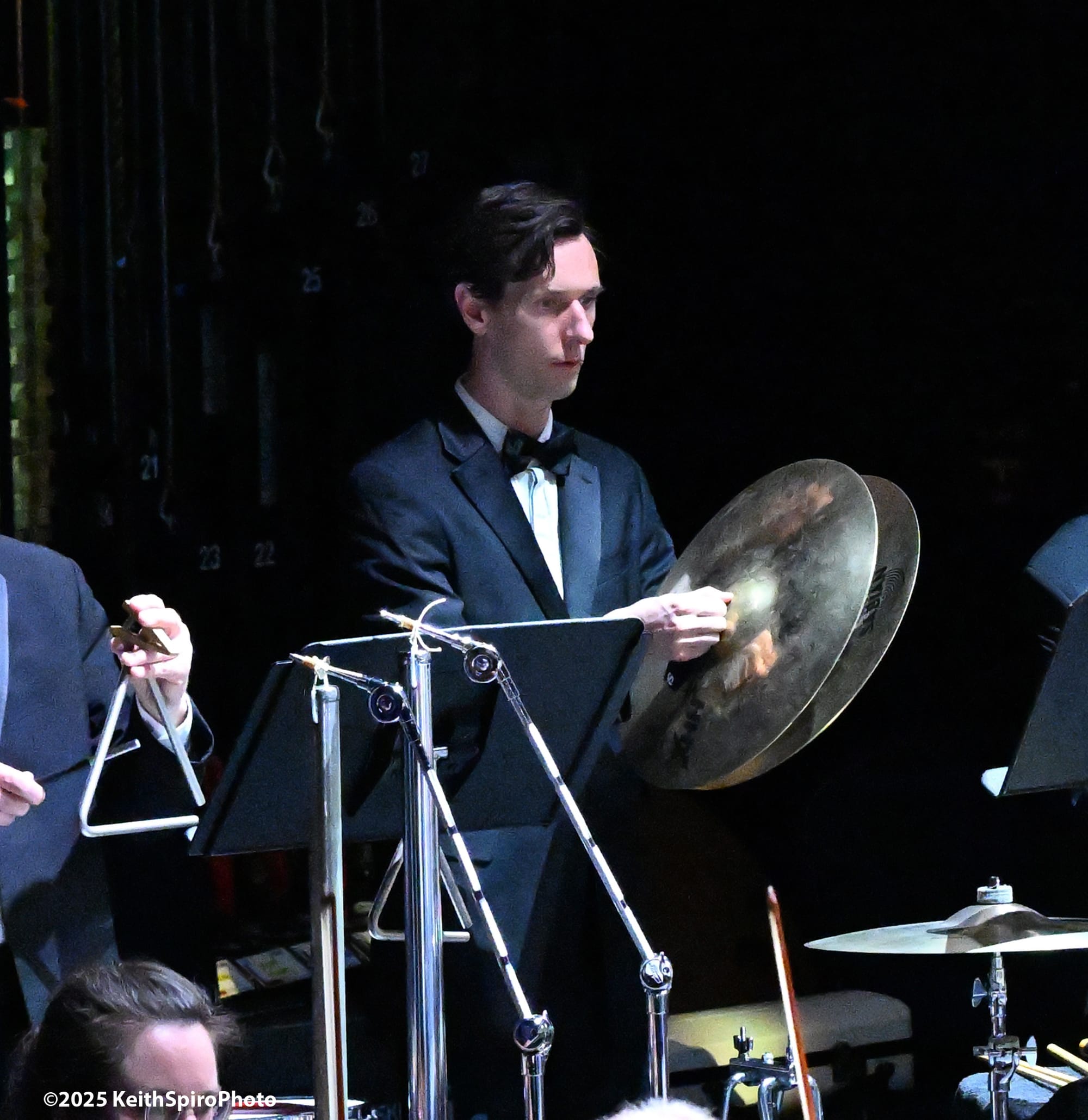

NASHUA, NH –It’s All Overtures was performed in Nashua on April 19, 2025.
Symphony of New Hampshire never fails to put on a great performance, and of course their It’s All Overtures show was no exception. I was able to attend this performance with my good friend, Morgan Losier. Here’s how it went.
Venues make a difference
I have been to many different concerts, some at the REX, one at Nashua Community college, and now this one which was held at the Nashua Center for the Arts. Both the REX and Nashua Community College are smaller, cozier spaces. The performance’s sound ends up being louder and bolder, and there are also fewer instruments on stage so you can really hear each individual playing, more clearly than on a larger stage.
At Nashua Community College, the stage was bigger as well as the auditorium itself. More instruments were able to fit onstage and since the ceilings were higher, each overture had an interesting echo effect. Since there were more instruments, their unique sounds were able to blend together much more smoothly and the added echo further intensified the experience.
I had the opportunity to briefly interview Deanna Hoying, Executive Director of Symphony NH, about the Nashua Center for the Arts production. She explained that it was a very interesting venue to work with, especially when setting up where each instrument would go. While it’s larger than previous stages they’ve used, it’s still pretty small for orchestral work with only 50 people able to be performing onstage.
She had to take into account what instruments would be playing and how many were necessary and structured the set up based on their sounds and where instruments would fit. For example, they wouldn’t have been able to fit a grand piano on stage, but they were able to use a keyboard which is much smaller and produces a similar sound.
She said this venue is special because the Symphony’s 100th anniversary was held here on April 29th, 2023 and it’s extremely flexible and easy to move around seats in the audience and instrument placement on stage.
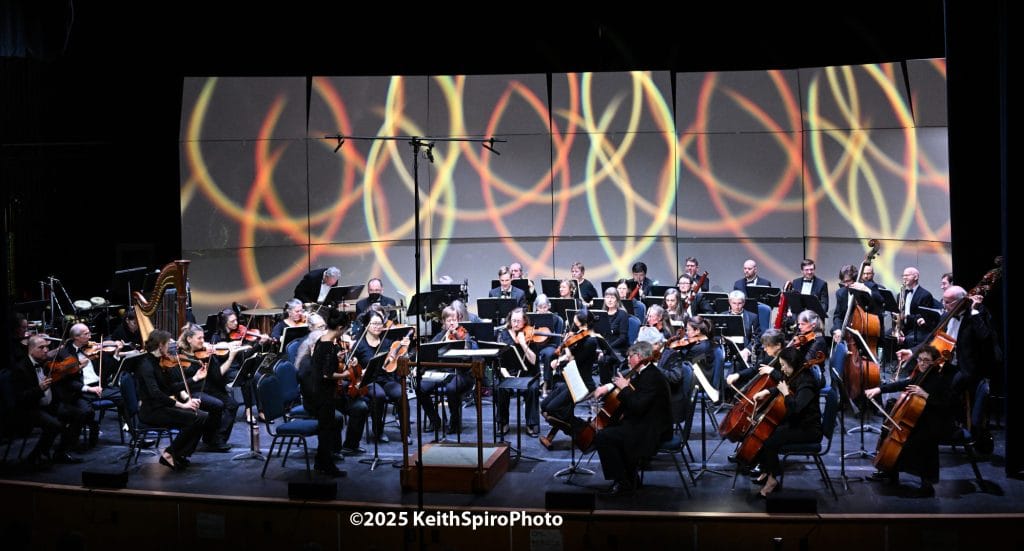
Performance
The performance itself was absolutely amazing, as always. It was a show of only overtures, which is the first song played at a concert or opera. During the baroque period it signaled the beginning of the performance and was typically played as people were walking in and finding their seats, so it wasn’t given much attention. Back then, overtures opened up for the rest of the performance and served as an introduction.
Later, in the classical and romantic periods, overtures became much more important. They became artistic, emotional, and very catchy. They weren’t just background music or a brief introduction, they became their own performance. The symphony played a mix of overtures from the classical and romantic periods, as well as more modern pieces such as the overture from West Side Story!
AN OVERTURE TO OVERTURES – TO OPEN THE PROGRAM
Overture to The Marriage of Figaro, Wolfgang Amadeus Mozart
The overture for the overtures was Mozart’s Overture to The Marriage of Figaro. Highlighting how much of a musical genius he was, he wrote this overture in one day. He had already written his opera over the course of six weeks but quickly realized he forgot to write the opening piece and wrote it in one day.
Throughout the entirety of the Symphony’s show, the audience could see how there was a mix of modern classical music of today as well as classical music of the past. For example, traditionally this overture wasn’t played with any vibrato since instruments of Mozart’s time period couldn’t sustain it. Today, the piece would sound less interesting without the vibrato, so the symphony put this modern twist on a classic overture.
The overture to Marriage of Figaro is one that everyone knows when they hear it, and many string instruments perform it for auditions. So it was interesting to see if the musicians would play it as they would at an audition, or put additional twists and make it sound even more unique. When the song began, it put a smile on everyone’s faces because of how cheery it is.
Overture to West Side Story, Leonard Berstein, Arr. Maurice Peress
The second piece was the Overture to West Side story. A friend of the person who wrote the songs for West Side Story, translated them so they could be played in classical music by symphonies. Here again, modern-day music and classic style performances of the past were brought together. Both Leonard Bernstein (the songwriter for West Side Story) and Maurice Peress (the composer) had the goal of breaking down musical barriers. They combined modern tunes with classical instruments, making them loved by all. This shared belief and vision led them to become great friends. This entire piece was very loud, fun, and easily recognizable to all who have seen the beloved show of West Side Story.
Overture in C Major, Fanny Mendelssohn Hensel
The third piece was Fanny Mendelssohn’s Overture in C Major. It was very rare and looked down upon during Fanny’s time for women to become composers. Her father said it was a profession for her husband, but her husband supported her. He put out more sheet music on her desk, encouraging her to keep going with her career, even though society frowned upon it. You can clearly hear Fanny’s passion for composing with this overture. It was very loud, bold, and intense, with the violins and flutes standing out because of how light and fluttery they were. With this performance, the audience can take away the message that even though things can be loud, crazy, and intense sometimes, there is always something in the chaos that can bring peace and calm, helping you get through a tough situation.
Academic Festival Overture, Johannes Brahms A GERMAN DRINKING SONG
The fourth overture was written for a performance meant to be a thank you to a university that Johannes Brahms received an honorary doctorate from. You may be thinking that for such an esteemed award, he would write a very classy and elegant piece. This was not the case. Instead, Brahms wrote a German drinking song that the students would celebrate with. The overture began with a much deeper, quieter sound, which was a nice contrast from the fast, high pitched pieces that had been played previously. Eventually it did erupt into a high pitched allegro that was very catchy.
Overture to Treemonisha, Scott Joplin
The fifth piece was very romantic and classy. It was written by Scott Joplin who was known as “the king of ragtime”. He typically composed very jazzy and upbeat performances and was lesser known for this opera he wrote titled Treemonisha. It combined both the modern ragtime tunes he was known for, as well as the classic and romantic pieces that were popular during his time. It was so interesting hearing how he combined the two different sounds. There were parts that had the same feeling of a marching band, highlighting the percussion while there were other parts that highlighted the violins and cello that seemed to dance and sway.
Overture to William Tell, Gioachino Rossini
As a ukulele player, I noticed the cello did a lot of hammer ons and pull offs. – Talia Harmon
The sixth piece was Gioachino Rossini’s Overture to William Tell. It began with just one cello playing and it seemed like the other instruments were responding to its calls. As a ukulele player, I noticed the cello did a lot of hammer ons and pull offs.
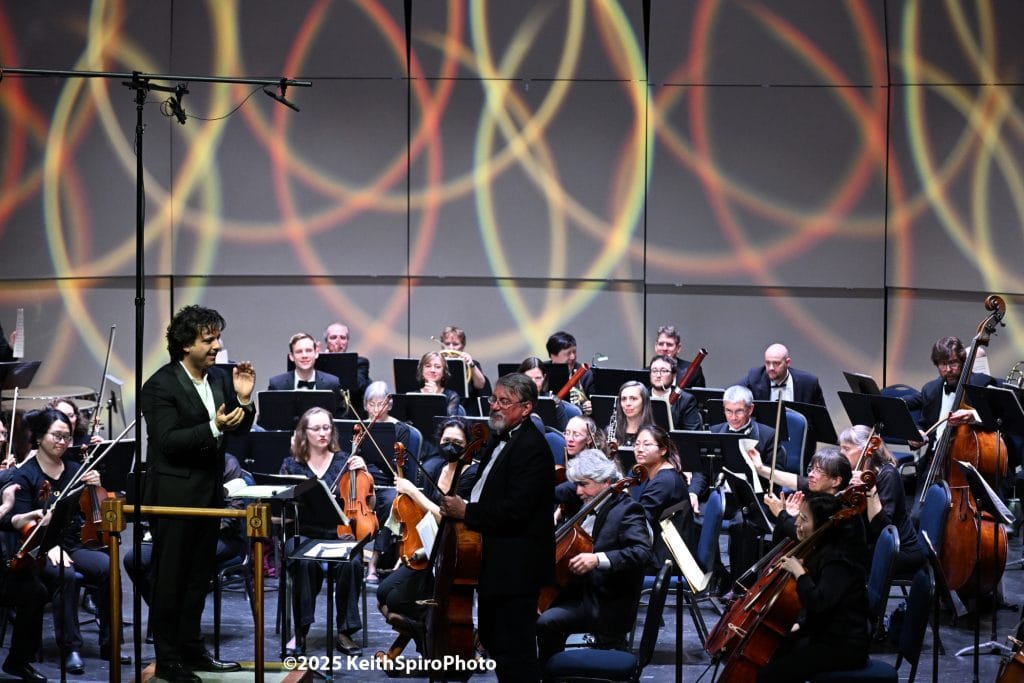
The cellos were able to sustain the notes much better than a ukulele, having them ring out longer and sound much clearer. It’s so interesting how different stringed instruments work, with some being able to hold onto notes longer than others.
The hammer ons and pull offs added a very nice modern touch, instead of just playing the note, it adds an interesting effect to hear the note be hit over and over again. It was also interesting how the piece kept returning to the cello.
The instruments would get quieter or play something similar to what the cello was about to play, and then the cello would come in again and become the main part of the show. The addition of the triangle was my favorite part; the clanging added such an interesting touch that left you wanting more.
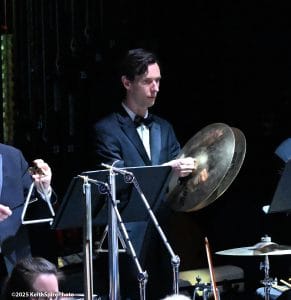
This was actually Morgan’s favorite piece! This is because of how easily recognizable and classic it is. It’s been used in the media, so she appreciates how relevant it is. She also loves how expressive the instruments are and the various metaphors that can be used to describe them. Some parts of the piece felt like a storm building; there were so many different feelings crammed into one piece and she really appreciated that!
FAVORITE PIECE Intermezzo from Cavalleria Rusticana, Pietro Mascagni
The seventh piece was the Intermezzo from Cavalleria rusticana by Pietro Mascagni. This piece was definitely my favorite. It was so soothing and overall very peaceful. The harp twinkling in the background added so much depth and just calmed down the audience. It was very short and brief piece which I was very sad about because I did not want it to end! It sounded like a song that would be played at the resolution of a movie with a happy ending. It was such a beautiful piece!

Toast of the Town – Overture for Orchestra, Quinn Mason
The eighth overture in this concert was written by Quinn Mason and titled Toast of the Town – Overture for the Orchestra. This piece overall portrayed a cheery mood. The triangle with its little dings brightened the song and all of the instruments worked together to let each other shine through. All of them playing together seemed like one big family.
Sometimes it would get quieter and you knew it was time to hear one section of instruments play, or the instruments that were currently playing would play something similar as to what the next set of instruments would play. It was so interesting hearing all of the instruments interact and just how joyful of a tune this piece was.
This piece launched Mason’s career. It is a performance about freedom and represents oppression and hardship. For such a cheery piece, it’s unexpected to have such a deep meaning. In some parts, it was very haunting but it was mostly suspenseful and cheery because you didn’t know which instrument would play next.
Overture to Nabucco, Giuseppe Verdi
The ninth and final overture was the overture to Nabucco by Giuseppe Verdi. This piece also launched Verdi’s career. Here again, some parts were very haunting and suspenseful. There were moments of silence and at times it would be slower and peaceful or fast and intense.
You never knew if the percussion would show up again, bold and ready, or if the peaceful twittering of flutes and plucking of violins would be next. While the instruments played individually for most of the piece, it made you appreciate hearing them all play together, especially with the powerful percussion in the back and the way the strings and brass blended together.
Overall Reaction
Overall this performance was absolutely amazing. It was so interesting to hear the pieces that would’ve been played at the beginning and introduced operas that were very important during their time periods. It was a great experience, being taken back to the past and getting to experience the introductions to classical and romantic operas.
Each piece contrasted itself, whether it contained high pitched sounds and allegros, with slower deeper notes, or it was a combination of music that referenced what would’ve been considered modern during the time periods they were created in, and older, classic pieces.
Talia Harmon is a student at Central High School and plays ukulele.
ABOUT THE INKLINK NEWS INKUBATOR PROGRAM
If you or your business would like to help grow these student opportunities, like Symphony New Hampshire does, please contact Keith@keithspiromedia.com, advisor/contributor InkLinkNews Arts and Culture.

The Inkubator program is aimed at nurturing and growing New Hampshire’s local journalism ecosystem – support for educators, opportunities for students and pathways for future journalists, artists and creators. And beyond that, we want to engage our community in this process because together, we rise. Click here to make a tax-deductible contribution to the Inkubator.


